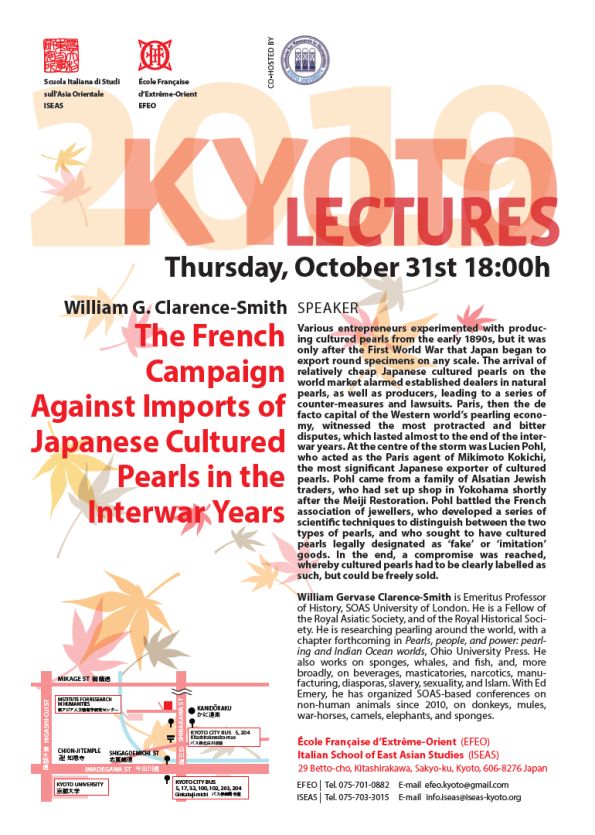Various entrepreneurs experimented with producing cultured pearls from the early 1890s, but it was only after the First World War that Japan began to export round specimens on any scale. The arrival of relatively cheap Japanese cultured pearls on the world market alarmed established dealers in natural pearls, as well as producers, leading to a series of counter-measures and lawsuits. Paris, then the de facto capital of the Western world’s pearling economy, witnessed the most protracted and bitter disputes, which lasted almost to the end of the interwar years. At the centre of the storm was Lucien Pohl, who acted as the Paris agent of Mikimoto Kokichi, the most signi cant Japanese exporter of cultured pearls. Pohl came from a family of Alsatian Jewish traders, who had set up shop in Yokohama shortly after the Meiji Restoration. Pohl battled the French association of jewellers, who developed a series of scienti c techniques to distinguish between the two types of pearls, and who sought to have cultured pearls legally designated as ‘fake’ or ‘imitation’ goods. In the end, a compromise was reached, whereby cultured pearls had to be clearly labelled as such, but could be freely sold.
Please refer to the attached document for more details..
Thursday, October 31st 18:00h
Ecole Francaise d’Extreme-Orient (EFEO)
Italian School of East Asian Studies (ISEAS)

